The Nazi regime was not only the world’s greatest murderer, but the biggest thief as well. High on the list of loot were Europe’s master paintings and sculptures, with failed artist Adolf Hitler and his avaricious henchman, Hermann Goering, personally spearheading the plunder.
More than 60 years after the fall of the Third Reich, the fallout from the great Nazi robbery is continuing, with thousands of art works still missing or sought by their original, largely Jewish, owners.
The story, as meticulously tracked in the two-hour documentary, “The Rape of Europa,” is complex, but even those unenthused by visits to galleries or museums will find the plotline riveting.
Numbers alone don’t tell the story, but they are staggering. In total, the Nazis seized some 600,000 paintings, drawings, sculptures and Judaica artifacts during their 12-year reign, according to historian Jonathan Petropoulos of Claremont McKenna College, one the top experts on the subject.
As one small example, a detachment of the U.S. Army’s “Monuments Men” found 6,500 paintings and sculptures in one Bavarian salt mine alone and sent them to a collection point, which held 27 Rembrandt paintings.
Petropoulos said in an interview that up to 100,000 looted artworks might still be missing; some were destroyed but others may not be rediscovered for generations.
Hitler’s obsession with art was as monumental, and as fervently anti-Semitic, as his other manias. As a struggling young artist, Hitler was twice rejected for admission to Vienna’s Academy of Fine Arts. The film’s narrator ponders how the course of history might have been changed if Hitler had not been turned down by the academy’s heavily Jewish faculty.
Hitler’s revenge fantasy included the construction of a grandiose Fuehrer Museum in his hometown of Linz to house the greatest of his looted artworks. Up until his last hours in his Berlin bunker, Hitler reworked his delusional plans for the museum.
Following their leader’s example, his top honchos became avid art collectors, none more so than Goering, Hitler’s chief deputy and commander of the German air force. At the height of the Battle of Britain, which Goering promised would bring England to its knees through ferocious air raids, the corpulent field marshal found time to visit Paris 20 times and select paintings from Jewish homes and art dealers.
During the course of wartime battles and air raids, some of the great architectural landmarks of Europe were damaged or destroyed. In the fighting in Italy for Pisa, for instance, the Leaning Tower was spared, but the famed frescoes of the Campo Santo were heavily damaged.
As Nazi armies retreated, they vented their fury by blowing up Florence’s 13th century bridges and trashing the homes of Tchaikovsky, Pushkin and Tolstoy in Russia.
“Rape of Europa” opens and closes with shots of Maria Altmann, the 91-year-old Cheviot Hills resident who battled the Austrian and American governments for seven years to recover five paintings by Gustav Klimt taken from her Viennese family and valued at $300 million.
In one of the landmark cases in the history of looted art, E. Randol Schoenberg, Altmann’s lawyer, took the case up to the U.S. Supreme Court and won.
The film is the work of three San Francisco-based veterans of PBS documentaries, Richard Berge, Bonni Cohen and Nicole Newnham. Cohen is also the founder of Actual Films, which produced “Rape of Europa,” and she and her colleagues worked seven years on the documentary, basing it on Lynn H. Nicholas’ book of the same title.
The filmmakers have crammed a remarkable amount of information and historical context into their work, enlivened by vintage footage of Hitler and other Nazi art connoisseurs and the work of Allied recovery teams.
Among the most vivid images is a ghost-like Louvre in Paris in 1939, emptied of its 35,000 works of art in advance of the German onslaught. Another is the picture of cheering Florentines lining the streets to welcome the return, on U.S. Army trucks, of the city’s looted paintings.
The saga is not over yet. Many paintings will likely never be recovered, and the tedious work of returning others to their original owners is still continuing.
Schoenberg told The Journal that he is now involved in a suit by the descendants of a Dutch Jewish family to recover two life-size painting of “Adam and Eve” by the 15th century German artist Lucas Cranach the Elder from the Norton Simon Museum in Pasadena.
“The Rape of Europa” opens Sept. 28 at Laemmle’s Royal Theatre in West Los Angeles, Playhouse 7 in Pasadena, Town Center 5 in Encino and Claremont 5 in Claremont.
For additional information, visit http://www.therapeofeuropa.com and http://www.menemshafilms.com.







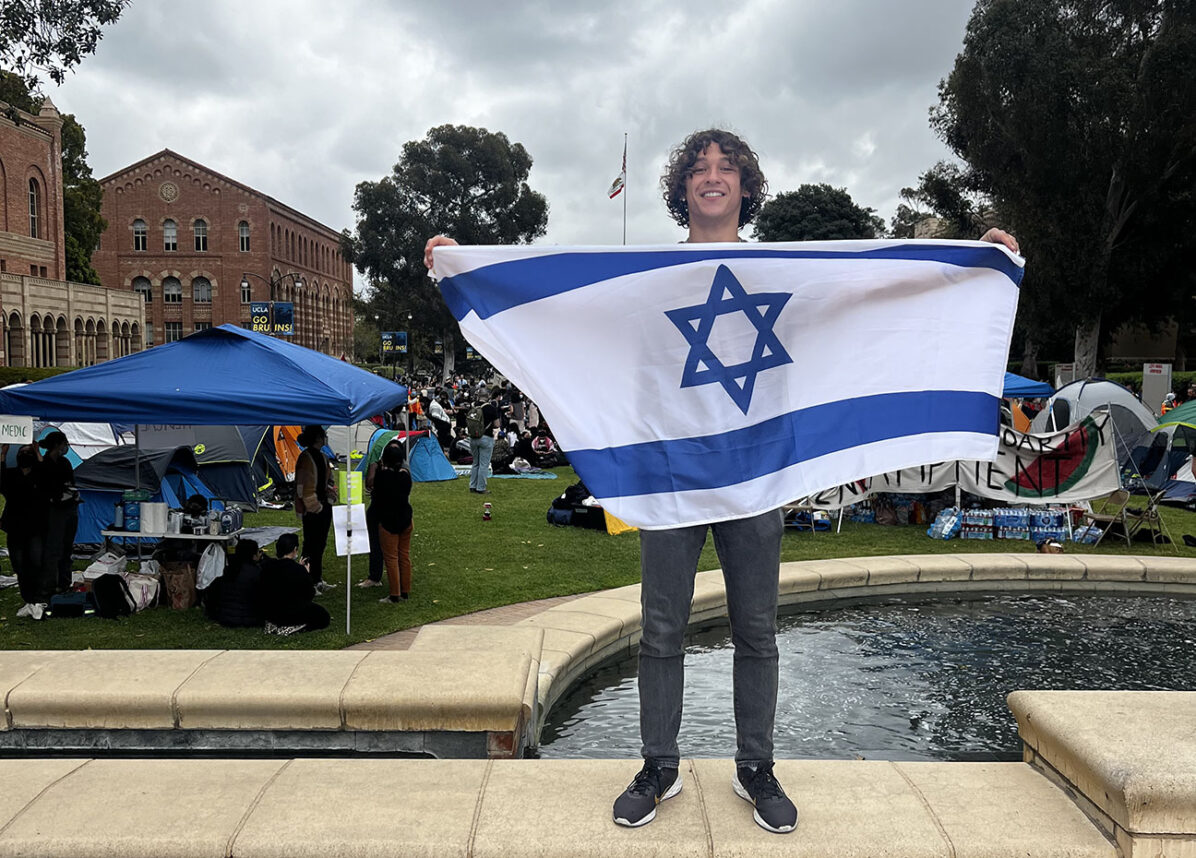
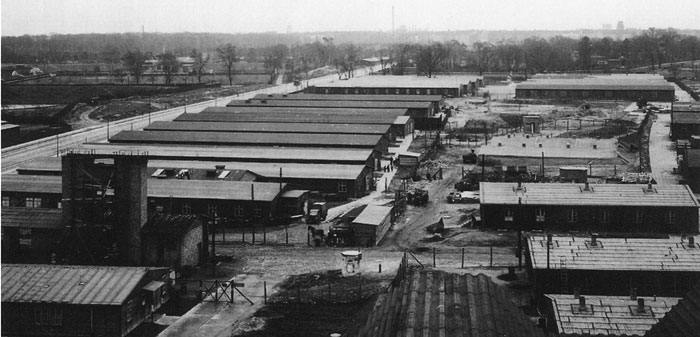
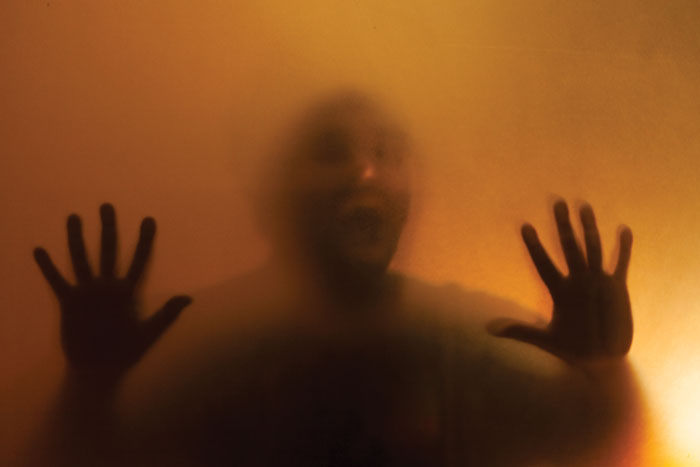


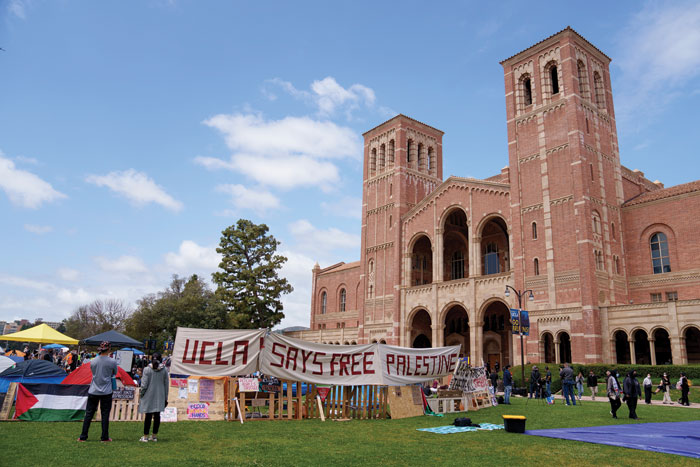




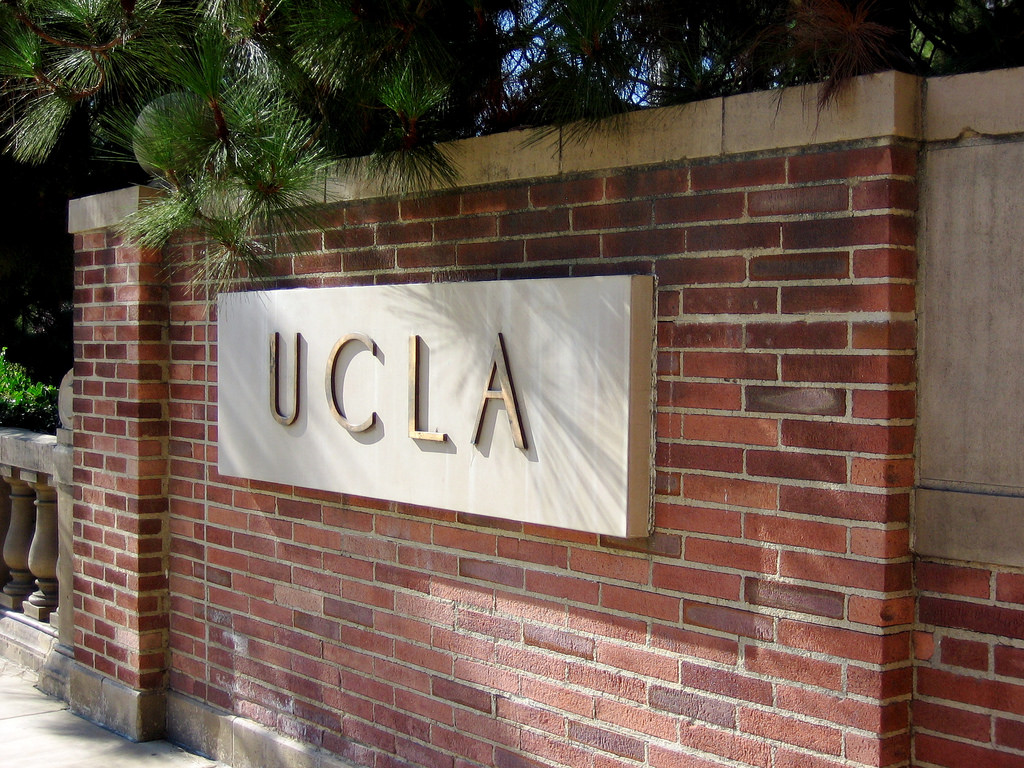





 More news and opinions than at a Shabbat dinner, right in your inbox.
More news and opinions than at a Shabbat dinner, right in your inbox.